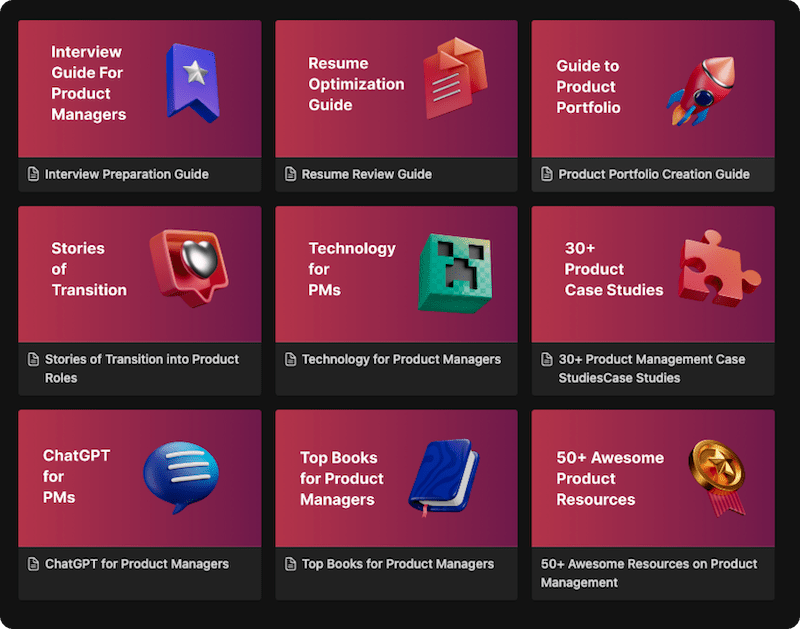Product Delivery
In the world of product management, the success of an idea lies not only in its conception but also in its successful delivery to the market. Product delivery is a crucial phase that bridges the gap between product ideation and its actual implementation. It involves a systematic process of planning, development, testing, and launching a product to meet customer needs and expectations. In this article, we will explore the significance of product delivery, its definition, key principles, implementation process, and the benefits it brings. Real-world examples will be used to offer practical insights into the importance of effective product delivery.
Product delivery refers to the process of turning a product idea into a tangible reality by planning, developing, and launching the product in the market. It involves all the steps required to take the product from conception to the hands of the end-users.
Key Principles
- Strategic Planning: Product delivery starts with strategic planning, including defining clear goals, target audience, and timelines. This ensures that the team stays focused and aligned throughout the process.
- Agile Methodology: Adopting agile methodologies allows for iterative development, feedback incorporation, and frequent releases. This approach enables the team to respond quickly to changing market demands.
- Cross-Functional Collaboration: Product delivery involves collaboration between different teams, such as product managers, designers, developers, and quality assurance. Effective communication and coordination are vital to achieving a seamless process.
Implementation Process
- Requirement Gathering: The product team collects and analyzes user requirements to understand the needs and pain points that the product should address.
- Design and Development: The product is designed and developed based on the gathered requirements, following an iterative approach to incorporate feedback and improvements.
- Testing and Quality Assurance: The product undergoes rigorous testing and quality assurance to identify and fix any issues before its launch.
Real-World Examples
- Amazon: Amazon’s product delivery process is known for its speed and efficiency. They continuously deliver new features and updates to their e-commerce platform, enhancing the user experience.
- Tesla: Tesla’s product delivery process involves over-the-air software updates, enabling them to introduce new features and improvements to their electric vehicles remotely.
Takeaway
Product delivery is a critical aspect of product management, where ideas are transformed into tangible solutions that delight customers. By following key principles and adopting agile methodologies, product delivery teams can ensure efficient and successful product launches, leading to satisfied customers and business success.


